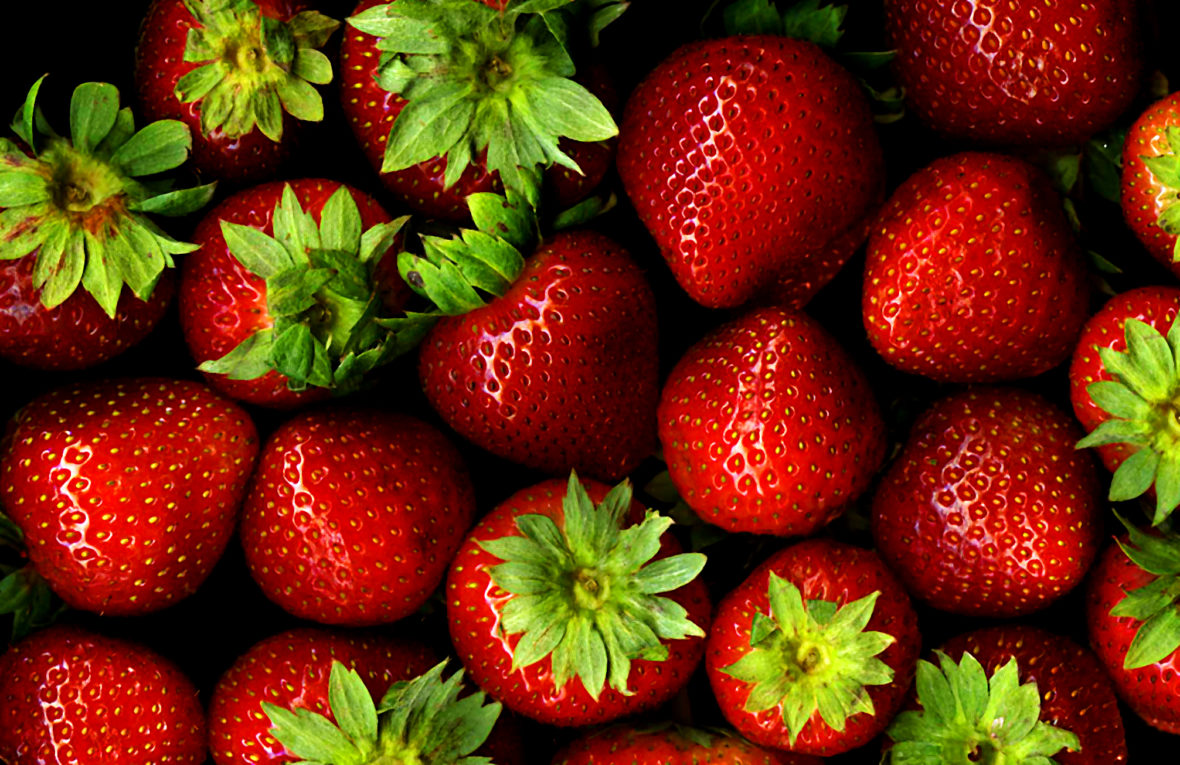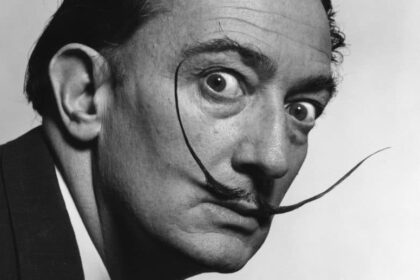Strawberries are widely grown hybrid species of the genus Fragaria. They are widely appreciated for their characteristic aroma, bright red color, juicy texture and sweetness. Take a look below for 28 more interesting and fascinating facts about strawberries.
1. Strawberries are consumed in large quantities worldwide, either fresh or in prepared foods such as preserves, juices, pies, ice creams, milkshakes and chocolates.
2. Artificial strawberry flavorings and aromas are widely used in many products like lip gloss, candy, hand sanitizers, perfume and many others.
3. The garden strawberry was first bred in Brittany, France, in the 1750s through a cross of Fragaria virginiana from eastern North America and Fragaria chiloensis, which was brought from Chile by Amedee-Francois Frezier in 1714.
4. The strawberry is not, from a botanical point of view, a berry. Technically, it’s an aggregate accessory fruit, meaning that the fleshy part comes not from the plant’s ovaries but from the receptacle that holds the ovaries.
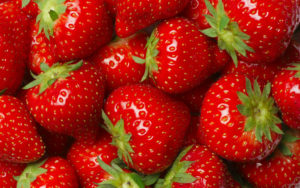
5. Each seed on the outside of the strawberry is actually one of the ovaries of the flower, with a seed inside of it.
6. The strawberry fruit was mentioned in ancient Roman literature in reference to its medicinal use.
7. The French began taking the strawberry from the forest to their gardens for harvest in the 14th century.
8. Charles V, France’s king from 1364 to 1380, had 1,200 strawberry plants in his royal garden.
9. In the early 15th century, western European monks were using the wild strawberry in their illuminated manuscripts.
10. The strawberry is found in Italian, Flemish and German art, and in English miniatures.
11. The entire strawberry plant was used to treat depressive illnesses.
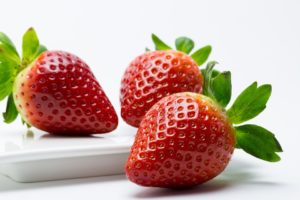
12. The combination of strawberries and cream was created by Thomas Wolsey in the court of King Henry VIII.
13. The Mapuche and Huilliche Natives of Chile cultivated the female strawberry species until 1551, when the Spanish came to conquer the land.
14. Strawberries are the only fruit with seeds on the outside.
15. The word “strawberry” comes from the Old English words “steowberie” or “streawbelige.”
16. Each strawberry plant consists of the root, crown, runners, leaves and daughter plants. The plant grows in length by producing new runners that arise from a crown.
17. Strawberry plants produce white or pinkish flowers that grow between the stem and leaves. The flowers can be seen even when fruit, both immature and ripe, already exist. One plant usually bears about 30 berries at each moment.
18. Strawberries are the first fruits that appear in the spring.
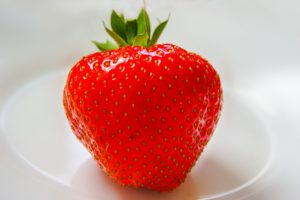
19. Strawberry can be propagated through seeds, by planting one fruit in the ground. More frequently, however, strawberries are propagated via runners.
20. Ripening of strawberries stopped right after they’re removed from the plant. Strawberries are usually harvested with part of the stem, which prolongs the freshness of the fruit.
21. Strawberries are a rich source of vitamin C, vitamin K, vitamin B6, vitamin B9, potassium and dietary fibers. Each strawberry provides 140% of the daily recommended dose of vitamin C.
22. Ancient Romans used strawberries to treat melancholy, fever, kidney stones, inflammation, disorders of the liver and spleen and many other diseases.
23. Raw strawberries were popular among Native Americas. They also used them for making strawberry flavored cornbread.
24. Recent medical studies have shown that fresh strawberries have beneficial effects on human health. They reduce high blood pressure and inflammations and show properties that might have an effect on cancer development.
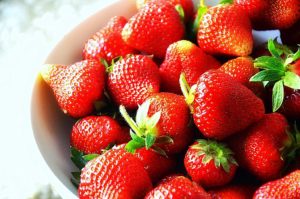
25. Strawberries are perennial plants and are able to produce fruit for up to 5 years.
26. During the medieval times, it was believed that serving strawberries at important ceremonies would bring peace and prosperity.
27. Strawberries were thought to be aphrodisiacs. Newlywed couples in France used to eat a soup made out of strawberries as a morning meal.
28. Madame Tallien, a royal lady of Napoleon’s court, used to bathe with fresh strawberry juice once a year because she thought that it would make her look younger.

